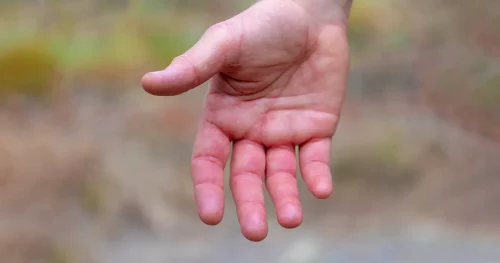If you’re just getting into hiking, you might be wondering: why do my hands swell when I hike? Is it normal, or is it a cause for concern? And how can I prevent it from happening? We’ll answer all these questions and give you some simple ideas for exercises to bring the swelling down again.
Table of Contents
What Causes My Hands to Swell When Hiking?
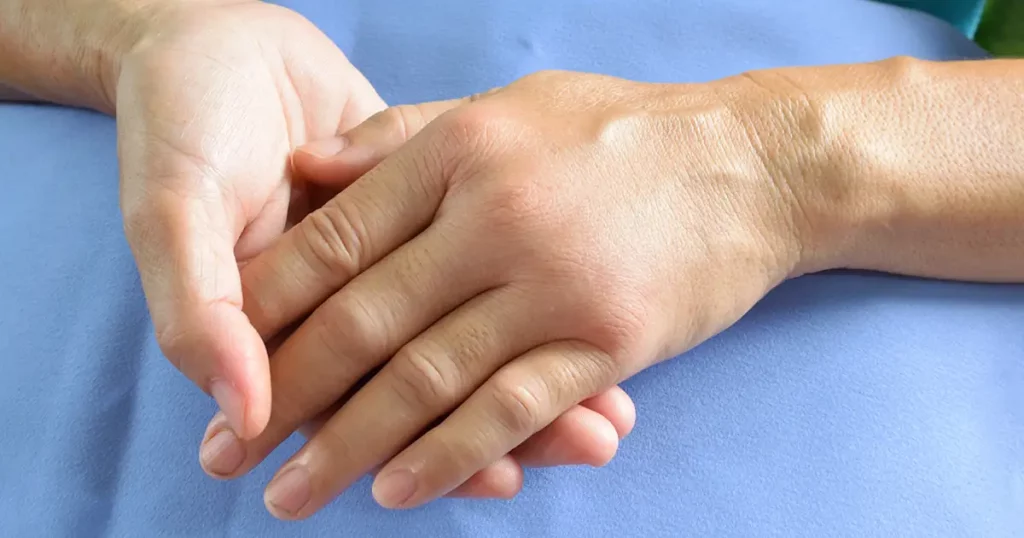
Your hands swell during a hike because of fluid retention. It doesn’t just happen during hiking, some people can experience this during any kind of exercise or even when out for a walk.
Hiking increases blood flow, as your body will have an increased need for oxygen. You’ll be using plenty of muscles for hiking, but not usually your hands and fingers. This means the blood flow is directed away from these areas and into the areas that need it more (like your lower body).
Your body may react to this by causing the blood vessels, and the tissues around those blood vessels, in your hands to dilate. This can cause swelling.
You may find that the swelling is worse when you wear a backpack. This is because the backpack can put pressure on the blood vessels that lead back to the heart.
Most people find they don’t experience swelling in their legs and feet during a hike. This is because you’ll be using those muscles, and therefore blood flow will be directed there.
Elevation
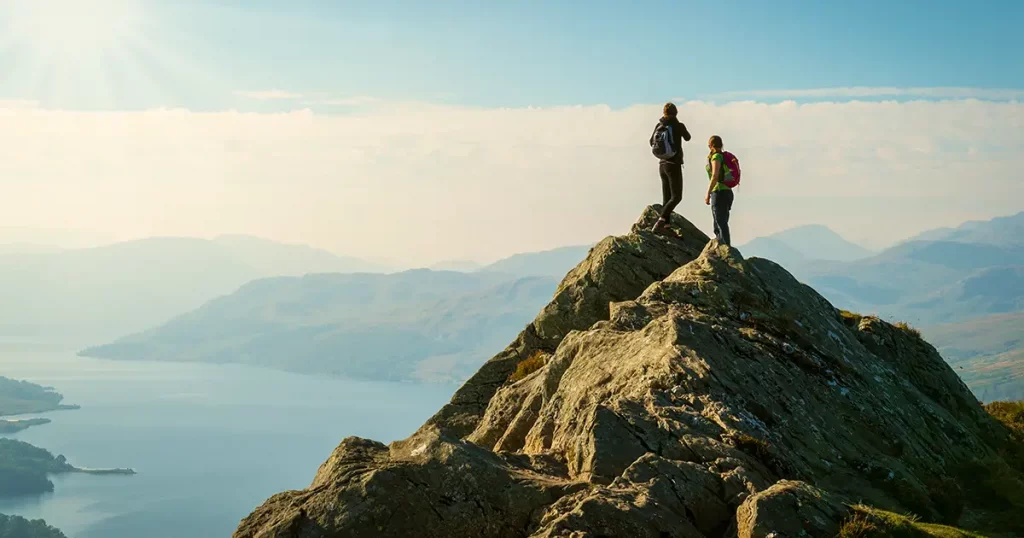
The elevation can make a difference, too. Lack of oxygen along with changes in your blood pressure can cause more swelling, especially in the hands and feet. Your body will acclimatize eventually, so if you’re there for a few days, you’ll find the swelling starts to ease up a little.
Is The Swelling Harmful?
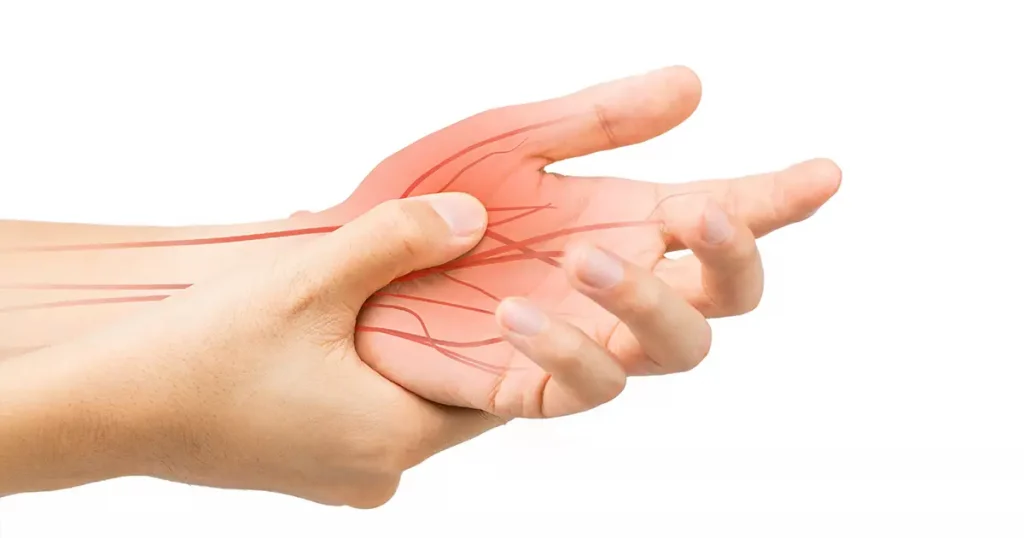
Generally speaking, the swelling isn’t harmful. It should pass when you finish the hike, and most people find it’s not a problem.
However, there is a condition called hyponatremia, which can occur if the salt levels in your blood are too low and the ratio of fluid to salt is too high. This can cause swelling, too. This can happen if you’ve been drinking too much water but not taking in enough salt. This can easily happen on a long hike, especially on a hot day.
You can prevent this by choosing a drink with electrolytes, which will help to maintain the salt levels in your blood.
Some underlying conditions make hyponatremia more likely. These include heart failure, kidney failure, and liver disease. If you take diuretic drugs, you may be more likely to have hyponatremia too.
The difference with this condition is that it also causes dizziness, nausea, headaches, and confusion. If you start to show these symptoms, you need to get medical attention.
Regular swollen hands after a hike with no other symptoms are unlikely to be a problem.
You can also buy electrolyte tablets, which dissolve in water to keep your salt levels up if you think you’ll be drinking a lot during your hike. You can take these in your water bottle instead of regular water. Just make sure that you follow the instructions and consult your doctor if you have any underlying health problems.
How to Prevent Swelling
There are a few things you can do to prevent swollen hands after a hike:
Positioning
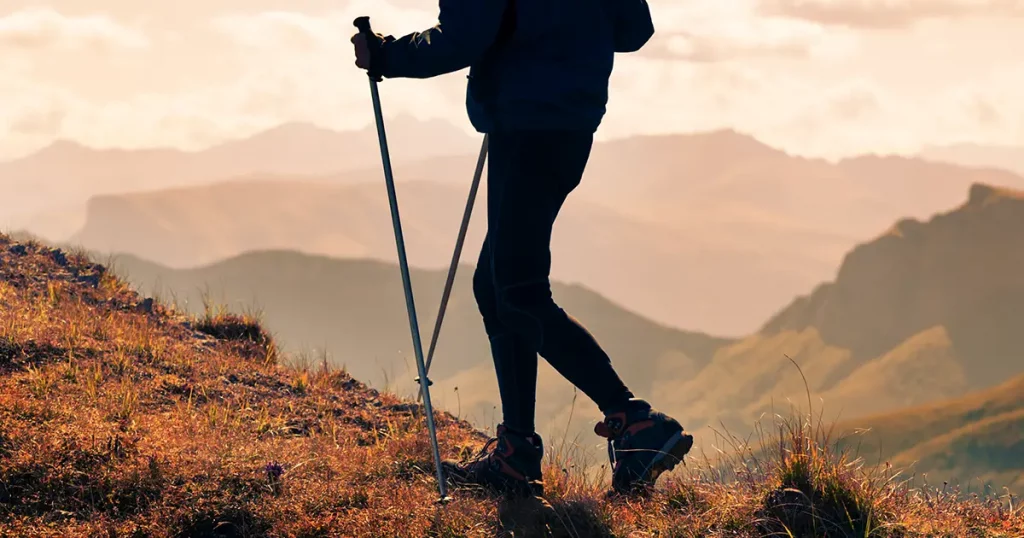
During a hike, our hands tend to be down by our sides. You can help to prevent swelling by using hiking poles, also known as trekking poles, which will cause you to engage the muscles in your arms and hands.
Compression
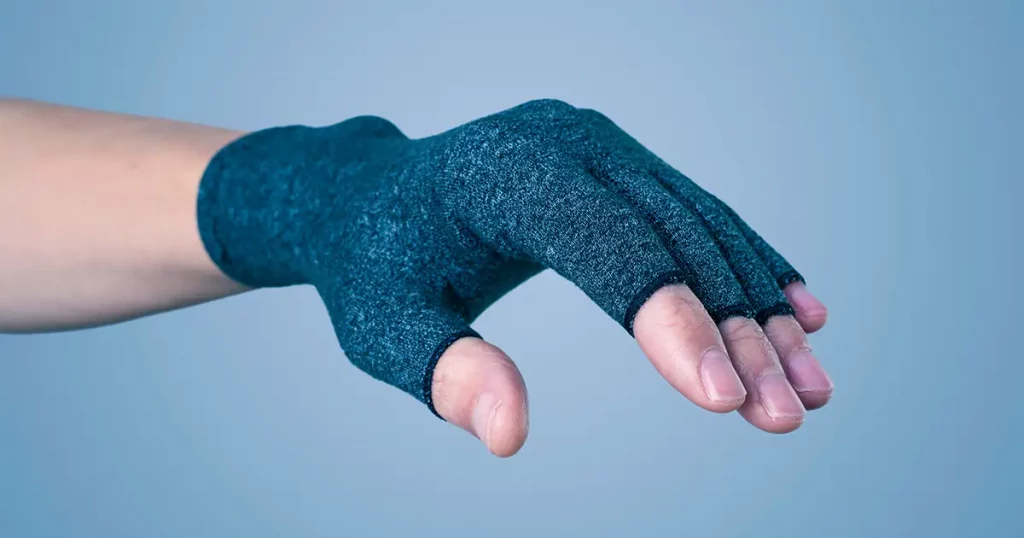
You can use compression gloves to reduce the swelling. You want them to fit securely but not too tight (they shouldn’t feel uncomfortable to wear). These are similar to the gloves worn by people with arthritis, and they should help to reduce some of the discomforts.
Isotonic Replacement
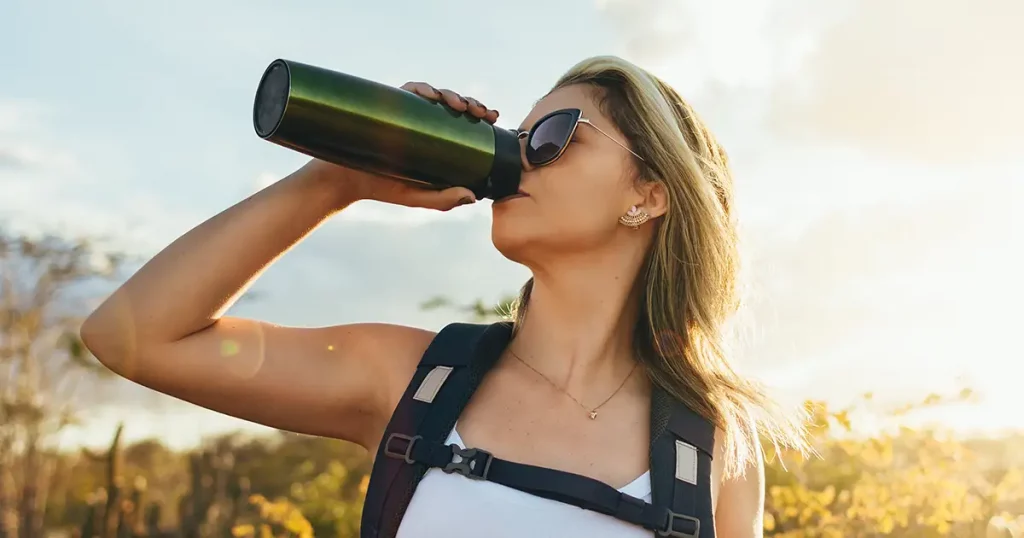
You can use electrolyte drinks to replace lost salts, especially if you’re hiking on a hot day. We’d recommend the Propel Zero Calorie Water, which has electrolytes along with vitamins C&E.
Backpack Check
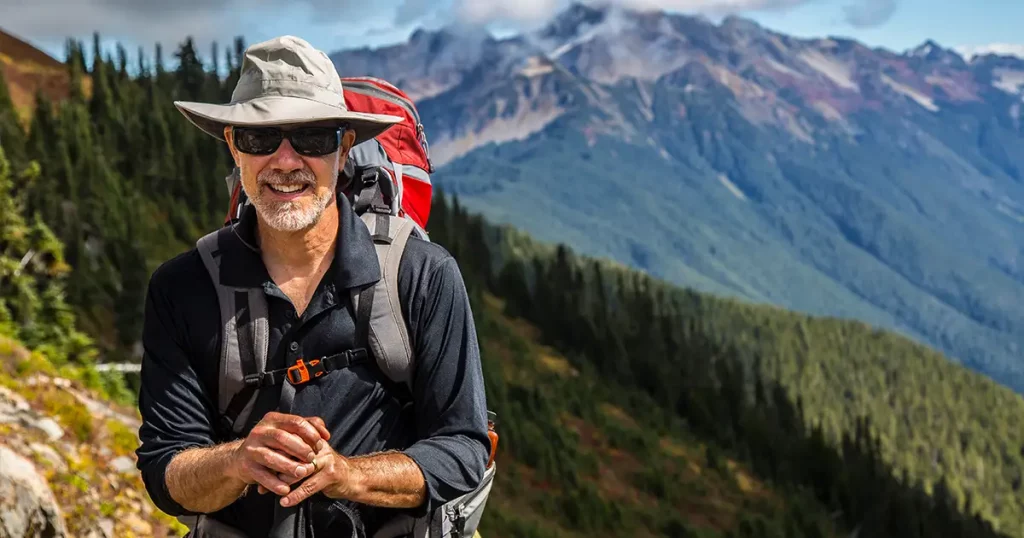
Look at your backpack to make sure the straps aren’t too tight. This can make the swelling worse, as it can cause problems with the flow of fluids in your body.
Also, if you are prone to swollen hands, remember to take your rings off before you go. You don’t want them cutting into your fingers, as this can be pretty painful.
Hand Exercises
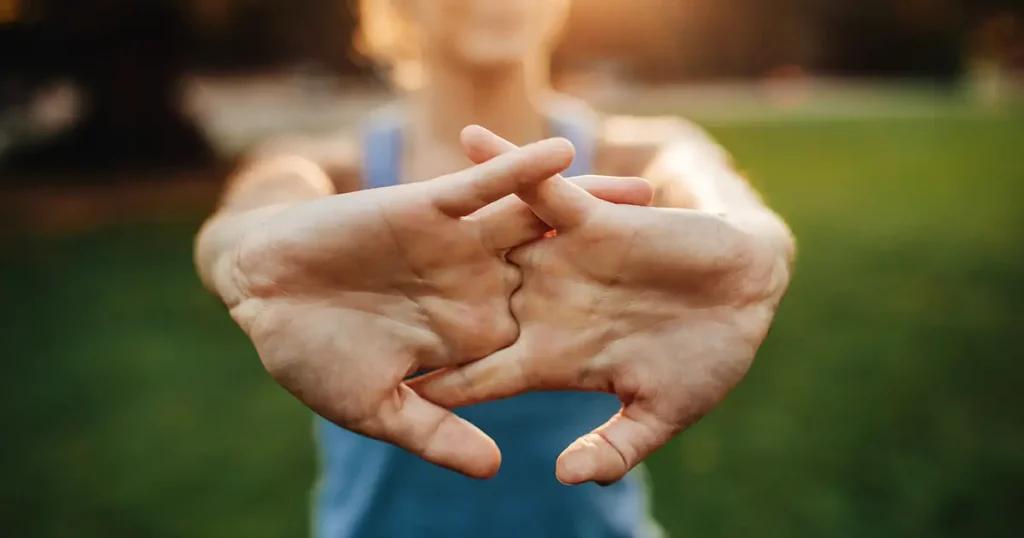
If your hands are swollen after a hike, exercises can help. Firstly, raising your arms above your head and clenching/wriggling your fingers can help to make your blood flow go back to normal. Imagine you’re squeezing an object in your hand. Then you can spread your fingers as wide as you can before squeezing them back together.
You can also massage each finger in the direction of the heart. Do this lightly, using a little hand lotion to help make it easier. This doesn’t involve a lot of pressure but can help reduce swelling in your fingers.
You can find hand exercises on YouTube for more of a visual guide on how to do it. The main thing to remember is to go gently!
Frequently Asked Questions
Before we wrap up, here are some frequently asked questions you may be interested in:
How can I deal with aches and pains after a hike?
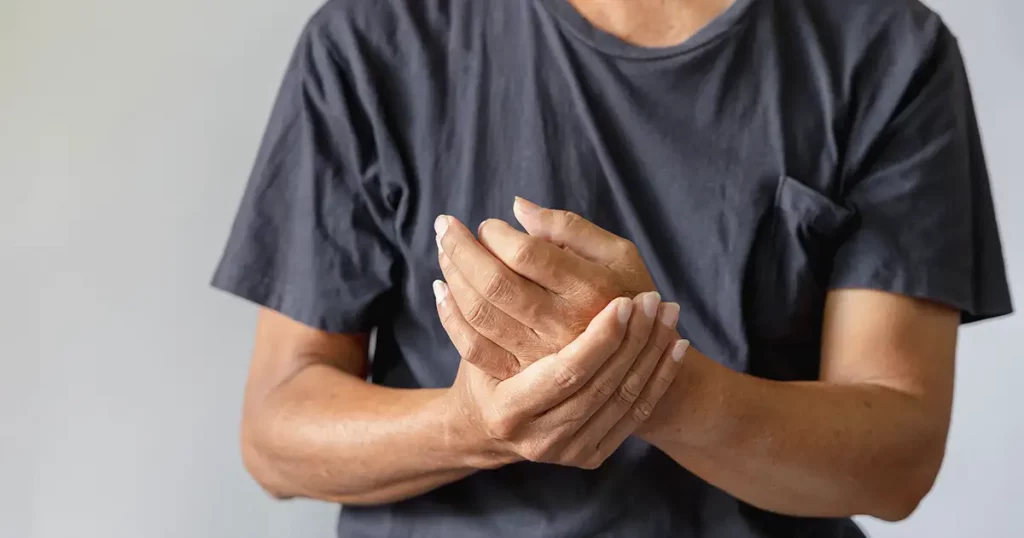
The best thing you can do after a hike is to get in the bath. The warm water will help to ease any aches and pains. You can use some bath salts with added magnesium, which can help to reduce inflammation.
For sore calves, you can use foam rollers, which can target sore spots and reduce stiffness.
Can I use regular gloves instead of compression gloves?
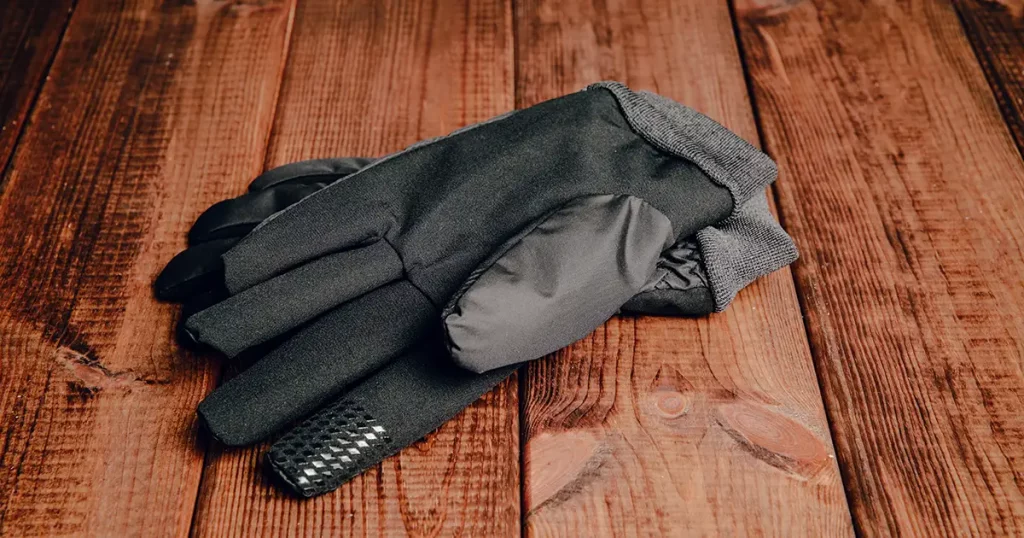
You can wear regular hiking gloves rather than compression gloves. However, they’re not designed to fit as tightly, so you may not find them as effective in reducing swelling.
Does hot weather make the swelling worse?
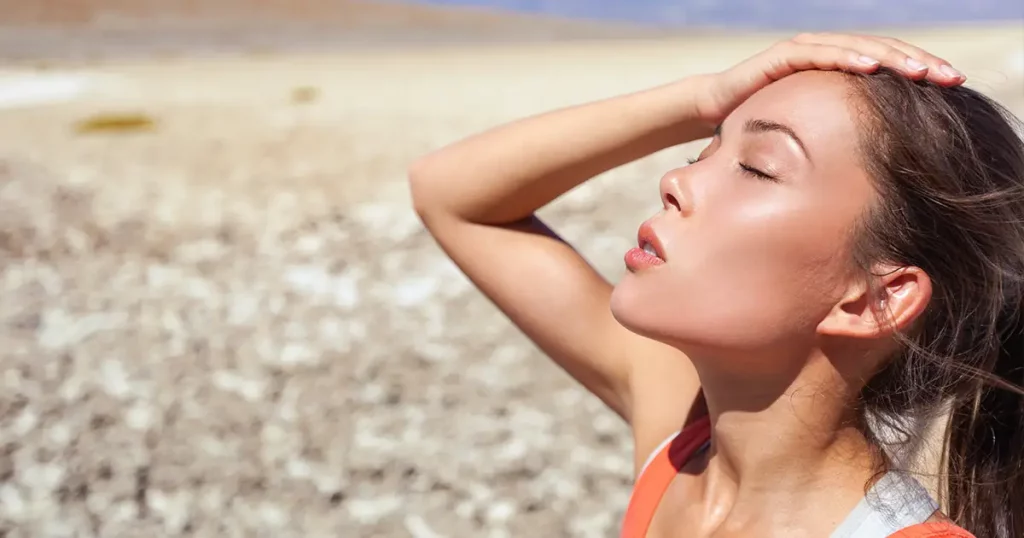
Yes, it can do. Your hands may swell in hot weather even if you’re not hiking. This results from your body trying to cool you down, sending more blood to the skin, and allowing heat to escape through the skin’s surface. This can cause swelling in itself.
Our Final Thoughts
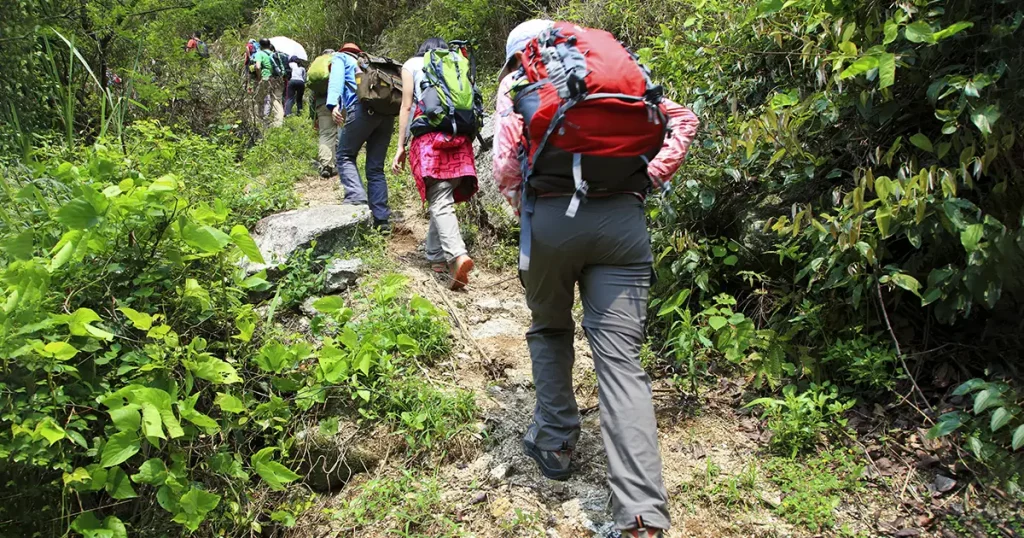
We hope this has helped to reassure you. While swelling can be alarming, it’s usually not a cause for concern to have swollen hands after a hike unless you have other symptoms to go with it. If you’re worried, always consult your doctor for advice.
As a general rule, we’d make sure that you stay hydrated on long hikes, and consider drinking electrolyte drinks if you’re hiking on a hot day.
